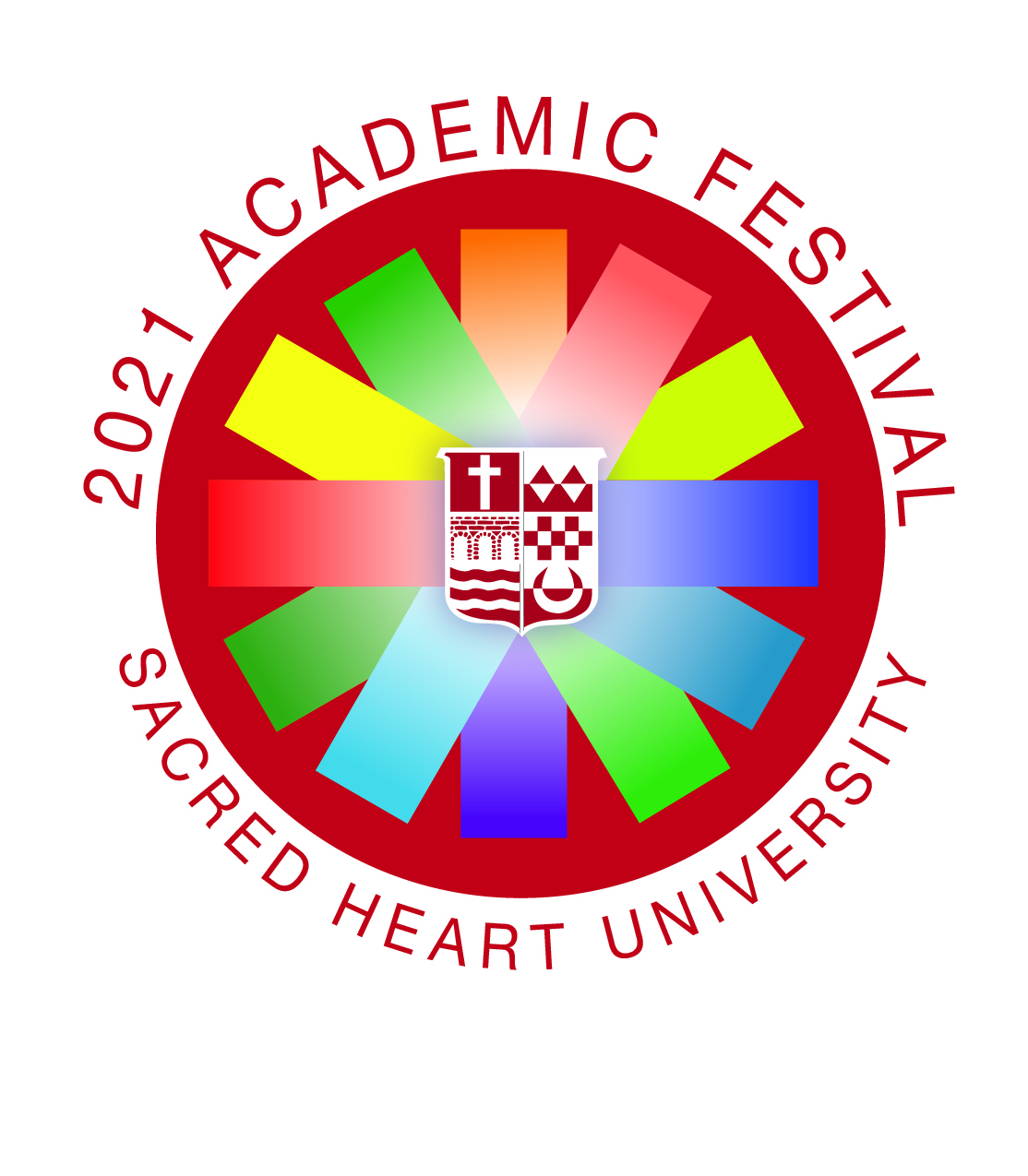Mentor/s
Professor Kristen R. Savell savellk@sacredheart.edu
Participation Type
Paper Talk
Abstract
With the exposure to all colors of light, a natural sleep cycle or circadian rhythm is disrupted by the blue light projected from digital screens. With the progression of virtual learning, the additional use of computers, phones, and tablets have correlated with difficulty in regards to sleep initiation and maintenance. On average, students who spend 5-8 hours remote learning are exposed to blue light that blocks the melatonin hormone responsible for proper sleep. With the progressive development of technology, newspapers are replaced with devices as the ultimate source of information. Web surfing, social messaging, and digital calls expand the rise in insomnia symptoms and difficulties regarding sleep duration. The influx in virtual learning ultimately proliferates screen usage hours and blue light exposure. Students are steered away from traditional learning and are obligated to adhere to the guidelines instructed with remote learning. The emission of unnatural blue light wavelengths at night can alter the brains natural behavior and create the effect of daylight. This daylight alternative creates sleep disturbances amongst students who are exposed to constant screen usage during school hours and evenings. Insomnia symptoms such as mood swings, fatigue, and behavioral disorders evolve from irregular sleep schedules and poor sleeping habits. The increase in virtual learning has influenced the rise in screen time usage and the blue light effect, ultimately expanding sleep disturbances and insomnia amongst students.
College and Major available
College of Arts and Sciences, Biology
Location
Digital Commons
Start Day/Time
5-5-2021 1:00 PM
End Day/Time
5-5-2021 4:00 PM
Prize Categories
Best Multidisciplinary Research or Collaboration, Most Scholarly Impact or Potential, Best Writing (formerly called the Writing Across the Curriculum prize; the final submission date to be considered for this award is Apr 1)
The Influence of Virtual Learning on the Rise in Screen Time Usage and Blue Light Exposure Ultimately Expanding Sleep Disturbances amongst Students
Digital Commons
With the exposure to all colors of light, a natural sleep cycle or circadian rhythm is disrupted by the blue light projected from digital screens. With the progression of virtual learning, the additional use of computers, phones, and tablets have correlated with difficulty in regards to sleep initiation and maintenance. On average, students who spend 5-8 hours remote learning are exposed to blue light that blocks the melatonin hormone responsible for proper sleep. With the progressive development of technology, newspapers are replaced with devices as the ultimate source of information. Web surfing, social messaging, and digital calls expand the rise in insomnia symptoms and difficulties regarding sleep duration. The influx in virtual learning ultimately proliferates screen usage hours and blue light exposure. Students are steered away from traditional learning and are obligated to adhere to the guidelines instructed with remote learning. The emission of unnatural blue light wavelengths at night can alter the brains natural behavior and create the effect of daylight. This daylight alternative creates sleep disturbances amongst students who are exposed to constant screen usage during school hours and evenings. Insomnia symptoms such as mood swings, fatigue, and behavioral disorders evolve from irregular sleep schedules and poor sleeping habits. The increase in virtual learning has influenced the rise in screen time usage and the blue light effect, ultimately expanding sleep disturbances and insomnia amongst students.



Students' Information
My name is Melis Akman and I am a junior at SHU planning on graduating in December of 2021. I am a biology major with minors in chemistry and honors on the pre-optometry track in hopes of applying to optometry school in 2022. On campus, I am involved in the biology club holding the social media chair position, habitat for humanity, AMSA club, and environmental club. I am also involved in Biomechanics research with Dr. Savell, where we are observing the effect of limb segment lengths on the efficiency of slope-walking.
Email: akmanm@mail.sacredheart.edu
Honorable mention, Most Scholarly Impact or Potential 2021 award.